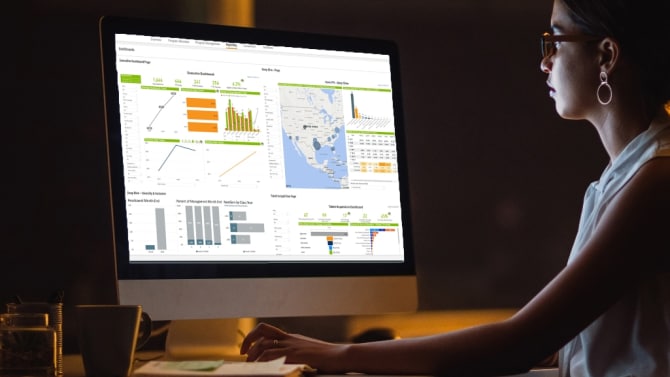{{item.title}}
{{item.text}}

{{item.title}}
{{item.text}}
The PwC report “Cyber Threats 2021: A Year in Retrospect” shows that attack scenarios in the digital space are becoming more complex, better organised, and increasingly difficult to identify. PwC's Global Threat Intelligence team has identified several worrying trends based on extensive data sets from global projects, such as incident response cases, managed threat hunting services, or post-incident analysis of cyberattacks as well as many other sources.
Companies must prepare for the fact that cyber criminals are getting ever more organised. Of particular concern is the growing level of coordination, with many different attacker groups efficiently and professionally sharing their tools and skills.
“Cybercriminals are stepping up their activities and have the will, motivation, technology, and tools to inflict damage on a large scale. Businesses must therefore increase their efforts to prepare for and protect their operations against attacks.”
In our annual Year in Retrospect Report, we present our latest findings to help you understand the motivations of attackers and cyber threats affecting your business.
This technical annex complements our “Cyber Threats 2021: A Year in Retrospect Report”, which analyses the overall and thematic cyber threat trends for 2021.
Our threat intelligence services cater for organisations at various stages of maturity – whether they are developing an in house threat intelligence function, supplementing their existing function with threat data feeds or outsourcing the entire collection, analysis and distribution of threat intelligence.

Partner and Leader Cybersecurity and Privacy, PwC Switzerland
Tel: +41 58 792 42 21

Partner, Leader Digital Assurance & Trust and Cybersecurity & Privacy, PwC Switzerland
Tel: +41 58 792 84 59



